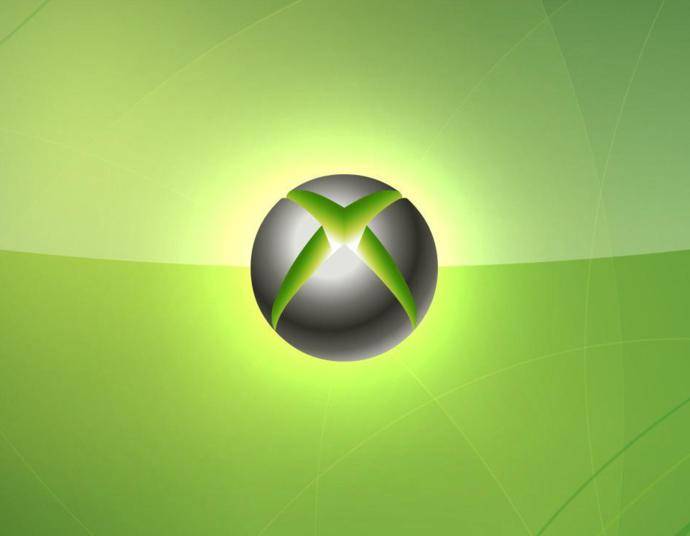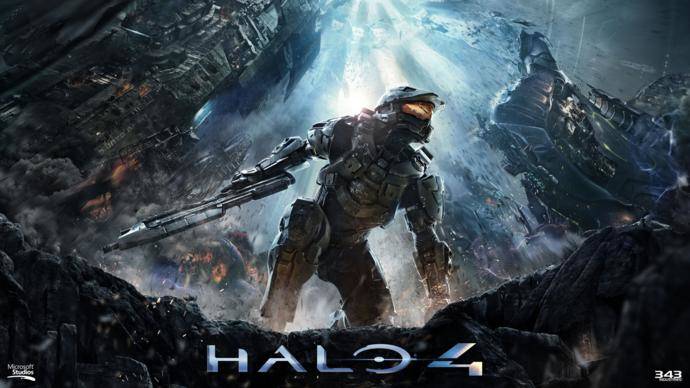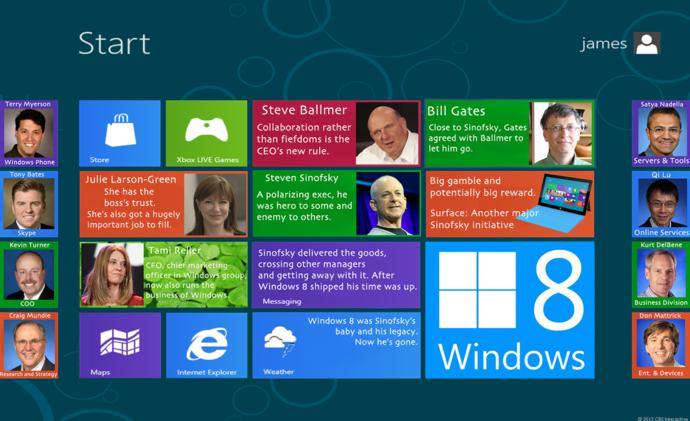Durango Unleashed – Everything We Know, Everything We Don’t Understand



The next Xbox – code named Durango – has been something of a worry for gamers that supported Microsoft this last generation. Rumours of always-on connections, used-game blocking and an increased reliance on apps and Kinect have got people worried. After the PlayStation 4 reveal, the panic increased. The PS4 seemed to do everything right, and yet the negatives of Durango kept leaking. Just how much of it is true? What can we expect to see from Microsoft’s next console? Are we really going to be be underwhelmed?
Today we look into what we actually know, and which rumours you should probably ignore (for now).
Durango System Specs
The question of whether Durango will be able to keep up with the PlayStation 4 is practically moot at this point: it will. Unless you’re one of those people that enjoy counting pixels, there’s unlikely to be much difference between two comparable games and certainly less difference than between the PS3 and 360. In terms of sheer specs effecting a game, this comes down to two things: Microsoft’s third party policies and any extra features that the console might have. Even if the PS4 has games that absolutely couldn’t be done on Durango – it’s difficult to tell; even if it had “better” specs, how parts in a console are used are often more important than just the parts themselves – third party games are still going to be equivalent. Microsoft still won’t want any multi-plat game to be superior on other consoles, so you can expect publishers to continue bending over backwards to get their game published on the next Xbox.
What will make or break a third party game this gen are the system features, not specs. With Sony taking a more PC-approach to this gen, there’s no reason to think it’ll be as easy to pick a clear winner, graphically. What will make the difference is how important OS-level features are to you. Video recording and playing with friends over the cloud are obviously going to be big things for the PS4 this gen, and if you want that and Microsoft doesn’t supply ways of doing it from the get-go, you’re going to pick PS4. I’m sure there will be features that Durango has that PlayStation 4 doesn’t. The games may be near identical, but how you experience that game and how you fit it into your wider console experience is going to make all the difference.
Although leaked consoles specs should never be fully believed – no matter how many anonymous sources confirm it – what we have seems to point towards Durango being capable of some pretty impressive stuff. Rumours of two CPUs, 8GB Ram and mid-level GPU sound about right, and confirm that Durango is a console that shouldn’t have any problem blowing you away graphically, nor keeping up with its competitors. The rest comes down to how the OS is built and how developers choose to utilize the console’s own features.
Is Durango Always-On?
Recently confirmed by anonymous sources, months of speculation came to an angry peak when it was discovered that Durango may well require an always-on internet connection. Those who felt Sony’s reliance on the cloud would mean they would have to make the jump to Microsoft’s next now find themselves between a rock and a hard place. What does an always-on connection mean to the consumer, and just why is it being forced into Durango?
With examples such as SimCity and Diablo III reminding gamers of server errors and long wait times, just what can Microsoft be thinking?
If the always-on thing turns out to be true, I’ll tell you exactly what they’ll be thinking: “We’ll do it right.”
The problem is that to do it right, you need to over-estimate how many servers you’ll need, how many people are going to log-in to the console at peak (on day one, for instance). If you get it wrong, either way, you’ve screwed up. I’m sure we can all name games – mostly MMOs – that have either lost a ton of money to being over-ambitious with their network or have been unable to get even a basic game going. The Metal Gear Online beta was delayed by weeks, World of Warcraft took months to balance out, and games like APB thought they were going to be packed and nobody turned up. It can be a very expensive mistake to make.
If they manage to pull it off without a hitch (and if anybody can, Microsoft can), the vast majority of people won’t even care about the always-on connection. So long as your internet connection can send and receive a small packet of data every so often, you’re not going to have a problem. If you can reach Facebook at any time of day, you probably don’t need to worry about Durango being always-on.
Connection speeds don’t really matter, latency doesn’t really matter. This is being flouted as an example of excessive DRM – and I’d agree – but it’s not going to be nearly as invasive as the anti-anti-consumer brigade want you to think. There will be people who suffer as a result of this feature, but those people are necessary sacrifices if it means games won’t be leaked months before release date.
And remember – the 360 was only launched in places like Turkey over the last year or so (at £300+, no less), so if Microsoft have to play a slow game, waiting for the internet in certain locations to catch up, I’m sure it’ll be no different than their rather confusing way of spreading the 360. Anybody that really wants Durango can import it at a premium, and Microsoft doesn’t get any complaints. For them, it’s win-win.
Does Durango Block Used Games?
This is a really difficult one to answer because, frankly, we just don’t know. Leaks about always-on connections and useless disks after install have got people panicking without their actually looking at the facts. This is partly thanks to a few journalists jumping to conclusions.
Durango seems to do something quite odd. When you first put a disk into it, your console will install everything on that disk to a hard drive. This will happen as you’re playing and will mean quicker access to games and quicker loading times. That’s all the leak said. Any other conclusions drawn are pure speculation. While it could mean Microsoft plan to make your £40/$60 installation disk obsolete after a single use, I think it’s more likely that they’re trying to “train” you into loving digital product. So long as the prices match, the difference between an installation disk and a digital download will be negligible (outside of you having to actually go and fetch the disk from the store) and it may well mean a better gameplay experience all around.
While they could well use this to block the used game market, it seems unlikely. Like piracy, there’s definitely an upside to allowing used games. How many people held off on Gears of War until it was only a few pound and then purchased 2 and 3 at full price? How many of those people pre-ordered Judgement? I would like to think that they could use this system to better monitor the pre-owned market, but they may be able to target DLC ads at those that bought pre-owned as well.
Kinect 2.0
A point of contention is that Durango will almost certainly come with an updated version of Kinect. The camera system that Microsoft promised would deliver for the core never did, and the casual nature of many of the titles available put people off completely. There’s also worry that including the camera set-up will make the console very expensive, which is a valid complaint, but there are a few things, I suppose, to consider when trying to guess the price.
First off, there are a couple of things I think we need to consider when discussing Kinect 2.0. The system is being built with Kinect in mind, and if they give it to you, you’re going to use it. It’s easy to laugh off Kinect when you need to spend £60 to gain access, but it it’s there in your living room and you’re forced to say “Kinect – Xbox ON” every time you want to use your console, you’re going to end up with a knowledge of the peripheral. If developers presume everyone playing their game will own a Kinect, they can start to use it for different things that perhaps would take more time and effort than is necessarily needed. I’m thinking Mass Effect 3-esque commands over a wider range of games, but that’s just the very beginning.
With Kinect involved as standard, the age of actually having to buy games for Kinect will be over. You’ll own launch games that use Kinect 2.0 and every game you buy from that day forward will probably have some sort of Kinect feature. That doesn’t mean you’ll have to stand in front of the screen and dance around aimlessly – it means using your voice and occasional motion as input. That’s by no means a bad thing by itself. What matters is how the developers support it, so it’s far too early to write it off entirely.
The cost is harder to avoid, but I do think that Kinect 2.0 will cost less to make than the original Kinect. The leak seems to imply things have been removed from the peripheral rather than added, and for all intents and purposes it’s still exactly the same device sharing many of the same parts. If Microsoft can build Durango slightly cheaper than they could build the 360 at launch, the savings there will pay for the Kinect anyway. If you’re willing to pay £300-£400 on the PlayStation 4, I’d be surprised if you’d have to pay any more for Durango, even with Kinect.
The Games
One of the big problems for Microsoft in recent years has been a certain lack of support when it comes to exclusives. If you have a gaming PC and a PS3, you can play all but a small handful of titles available on the 360. Many people like to presume that this is because Microsoft would rather spend time and money on apps and third party exclusive DLC, but I’m guessing that actually it’s down to the fact that Durango is going to have a pretty awesome launch. I think first party developers have been working hard to get a decent set of games ready for Durango at launch and I think a lot of people are going to be blown away by what’s on offer.
It does mean that the 360 is all but dead, of course, and has been for almost two years, but that’s a problem for a different day.
In so far as extended support, I think the 360 is probably a good comparison for that. There will be some great games lined up, some from new IPs, and Microsoft will continue to throw their money around in the hopes of getting the best stuff for people that buy. The lack of exclusives on 360, I think, is a symptom of having a bevy of exclusives on Durango, and it’ll be just enough to get people buying and into the console before they begin to drop off again after a few years.
Xbox Live Gold
How long have people been asking for Microsoft to drop paid Xbox Live access? The truth of the matter is that it’s just far too profitable. Detractors thought PlayStation Plus would cause Microsoft to drop the service, and it didn’t happen. Now they’re banking on the transition between consoles and on Microsoft ditching the paid service for Durango in the hopes of “catching up” to the value of the PlayStation 4.
It’s not going to happen.
They will be looking at ways of increasing the value, either through free games or other little benefits, but you’ll still need to pay to play online. And if you own a Durango, you’ll probably do it as well. What Microsoft hopes to do is to detract from the value of PS+, rather than outdo it. What they’re not going to do is just drop one of their biggest earners.
Is Durango Backwards Compatible?
The difference between the PS3 and PS4 is huge, which is why backwards compatibility is next to impossible. The difference between the 360 and Durango, not so much. If a computer from 2013 can play games from 2005, there’s no real reason that – if it was planned out properly – Durango couldn’t play 360 titles. The difference between these two consoles is mostly power, and at worse you game will just need a patch to get it playable on your new hardware. My guess is that it probably doesn’t even need that.
Of course, there are other factors at play and just because it’s potentially doable doesn’t mean that it’s going to be done. Expect it, it’s more likely than the PS4, but don’t be disappointed if Microsoft announce an alternative.
Conclusion
Durango is going to be a hell of a console, that much is certain. It will be capable of beautiful graphics, hectic gameplay and more or less anything else you’ll expect from next-gen. With additional inputs – voice and motion – gamers will probably need to rethink the way they play. Nobody has to worry about games coming to the console, or how they’ll play or if they’ll be on par with the PlayStation. They don’t even really need to worry about always-on and the used game market.
What will make or break Durango will be what Microsoft have decided to do with the console OS itself. What social features will they include? How will they have built upon their already topnotch features? How will they better support indie/smaller developers and publishers? These are things that system specs and leaks memos just can’t tell us, and that’s exactly what we need to judge Durango on.
